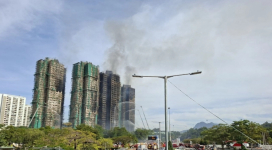It's been five years since north-eastern Japan was devastated by a massive earthquake, tsunami and subsequent nuclear meltdown at the Fukushima power plant.
The disaster saw the deaths of over 16,000 people died in the disaster - about 6% of the population - and more than 470,000 people were displaced from their homes across the affected area. The nuclear meltdown spread a distressing shadow of radiation over a large area, contaminating food, water and homes.
Today, Highway 6, which runs along the nuclear plant, is once again open to traffic, Time Magazine reports. New houses, stores and restaurants are springing up around the area, and electricity has been restored.
Bloomberg notes that the vast majority of Fukushima remains livable, even though a series of towns closer to the nuclear facilities remain fenced off. About 7 percent of Fukushima prefecture is uninhabitable because of high radiation levels.
However, the region is still far from normal.
According to a report from the Red Cross, thousands of displaced families and elderly people are still unable to return home and are in need of support from humanitarian organizations.
"While many of the young have moved on in search of new opportunities, many older people have been left behind in temporary housing," said Tadateru Konoé, President of the Japanese Red Cross Society and of the International Federation of Red Cross and Red Crescent Societies (IFRC). "As these temporary housing sites slowly empty, those who remain are left more vulnerable and more alone as their communities break-up. Red Cross volunteers continue to play an important role in supporting this fragile population."
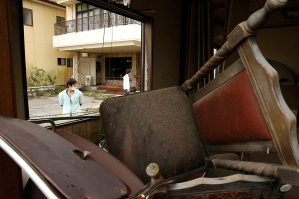
The report notes that Japanese Red Cross staff and volunteers have accompanied many evacuees through the past five years, helping to develop a sense of community by bringing people together through social events.
The charity has also diligently delivered medical services to the area, and has made a significant contribution towards reconstruction efforts. Over the past several years, the group has built a number of permanent homes and supporting the construction or reconstruction of at least six temporary or permanent hospitals hit by the disaster in Miyagi and Fukushima.
In April 2017, residents will be allowed to move back to the majority of Tomioka, according to Time.
However, only 14 percent say that they plan on returning, according to a survey conducted by Japan's Reconstruction Agency last year. Some 51 percent said that they won't be returning, citing concerns over radiation as well as a lack of schools in the area.
"How do you restore a place when nobody comes back? ... And even if people come back, are they really safe?" Tokuo Hayakawa, Buddhist priest and anti-nuclear activist asked the LA Times.
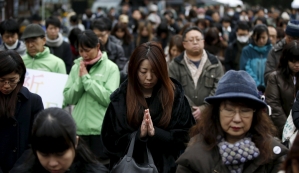
To combat these widespread fears, the Japanese Red Cross Society, with the support of several other societies around the world, has set up a Nuclear Disaster Resource Center, which seeks to improve community preparedness around future technological or nuclear disasters.
The center includes a digital library which is built on the real experiences and learning of Red Cross medical staff who responded in the wake of the nuclear disaster in Fukushima. The organization is also designing an operational manual for responding to future nuclear accidents.
"This initiative is designed to serve as a platform for networking with nuclear experts and authorities and will contribute to a worldwide drive towards greater nuclear disaster preparedness by the IFRC," said President Konoé.
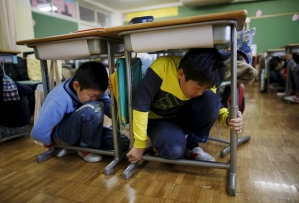
On Thursday, Prime Minister Shinzo Abe pledged to bolster reconstruction efforts before the 2020 Tokyo Olympic Games and promised to expedite decontamination work in irradiated areas near the nuclear plant to allow more residents to return home safely.
He also announced plans to reopen a damaged coastal railway in Fukushima by 2020 and triple tourism in the north: "We plan to secure an ample budget to launch support measures to help disaster-hit areas stand on their feet again," Abe said.
"Many people are still leading uncomfortable lives in the affected areas. There are many who cannot return to their beloved homes because of the accident at the nuclear power plant," he said.
"We commit ourselves to ... providing care for their minds and bodies, forming new local communities and supporting industrial development of the affected areas."
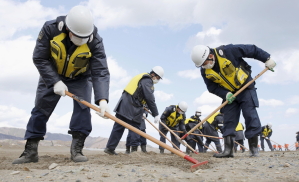
Speaking to MotherJones.com journalist Forster Rothbart, Masatoshi Ohata, an engineer working to design robots that will decontaminate the inside of the Fukushima Daiichi plant, said the while the community is in the process of being rebuilt, many are still struggling to overcome the psychological and emotional anguish inflicted on them five years ago.
He urged the international community: "Please do not forget about the people who are suffering from the damages by tsunami."
65-year-old Yashichi Yanashita, a retired city hall official, echoed the sentiment: "The reality is that we still feel the scars here, and there are still many struggling to restart their lives," he said.






